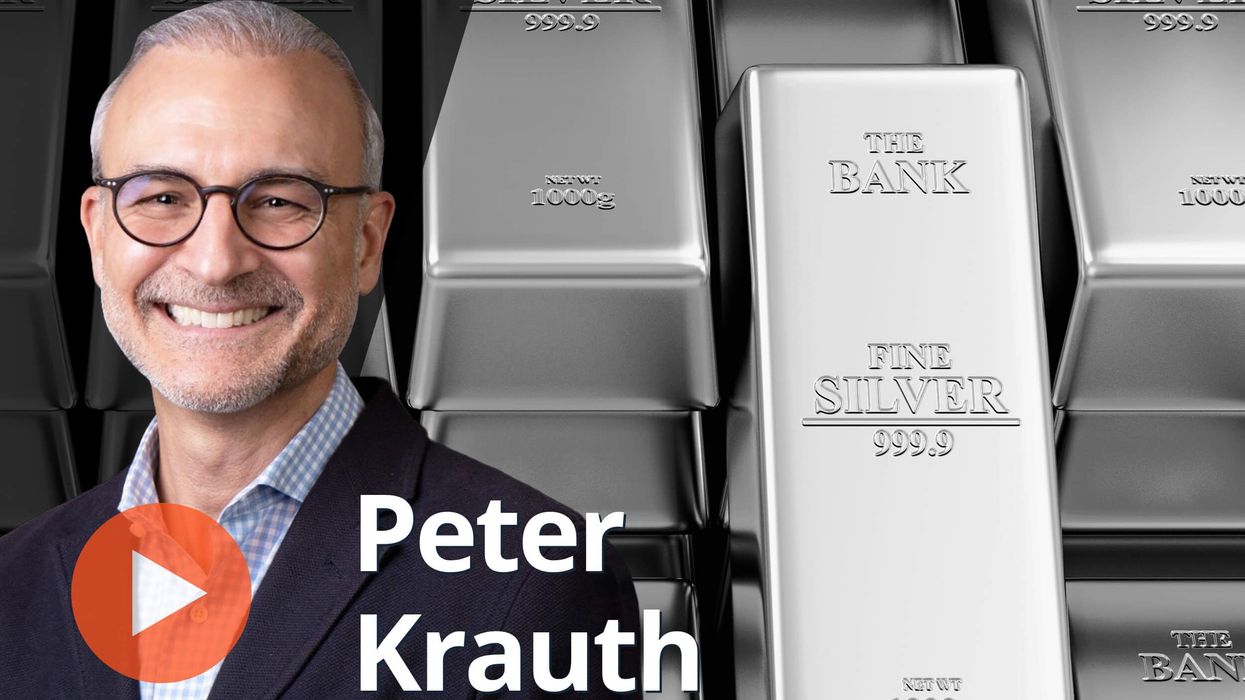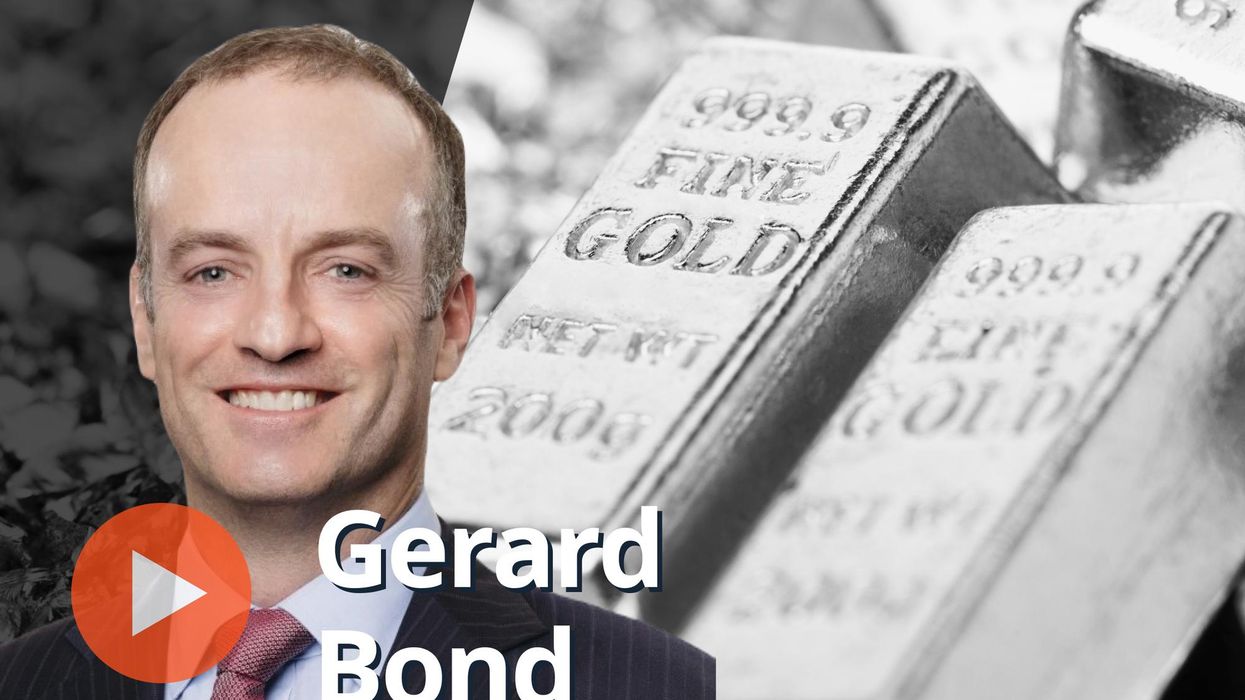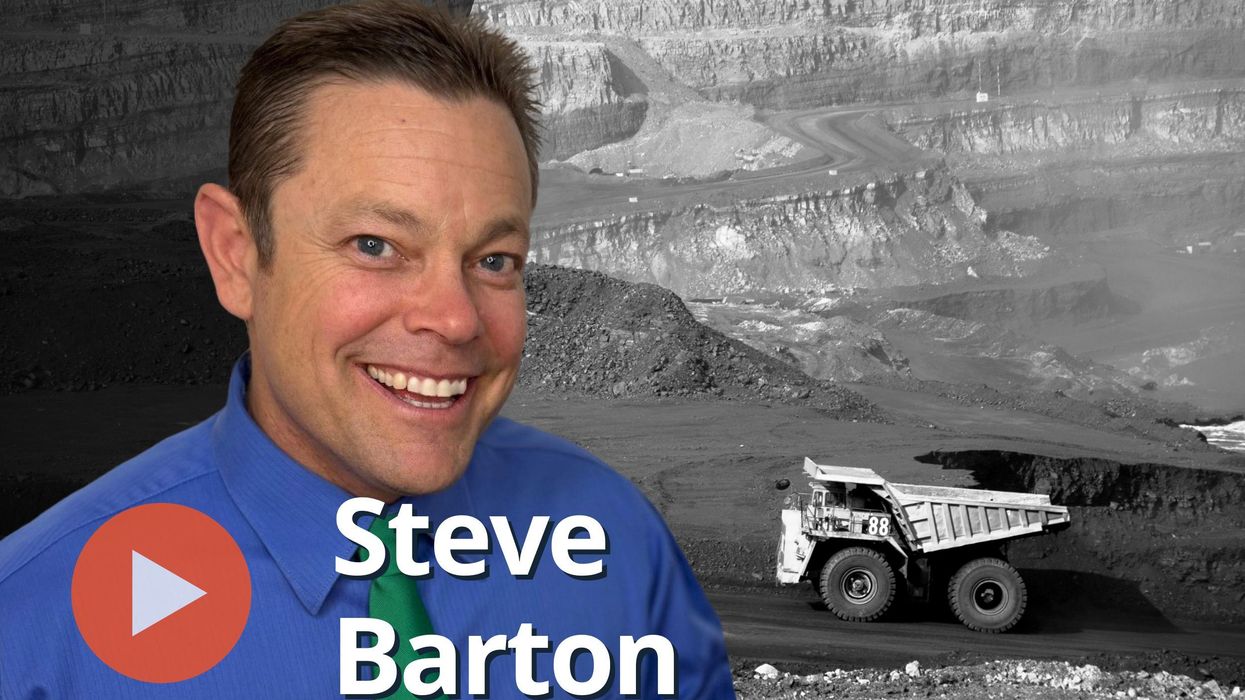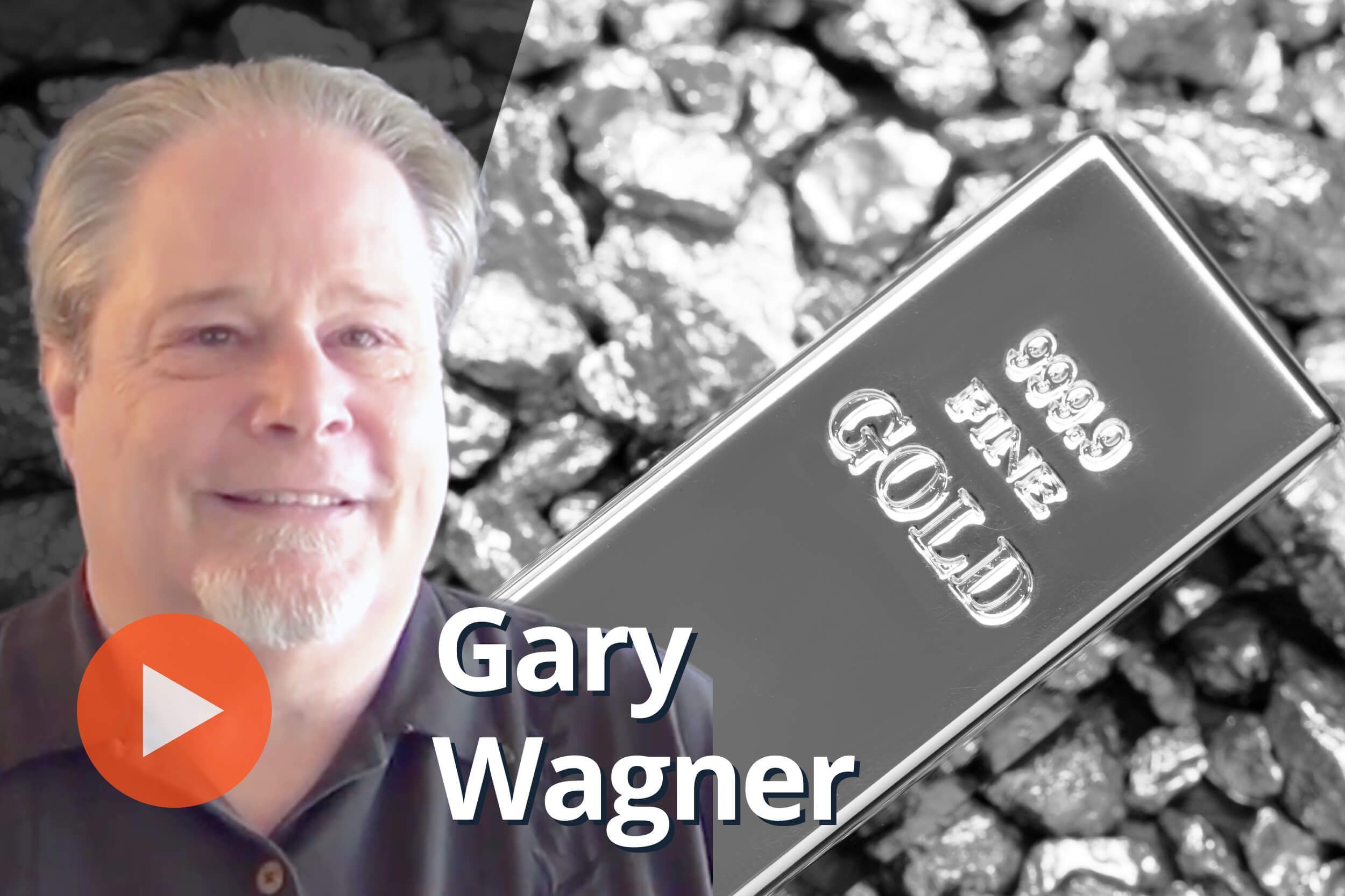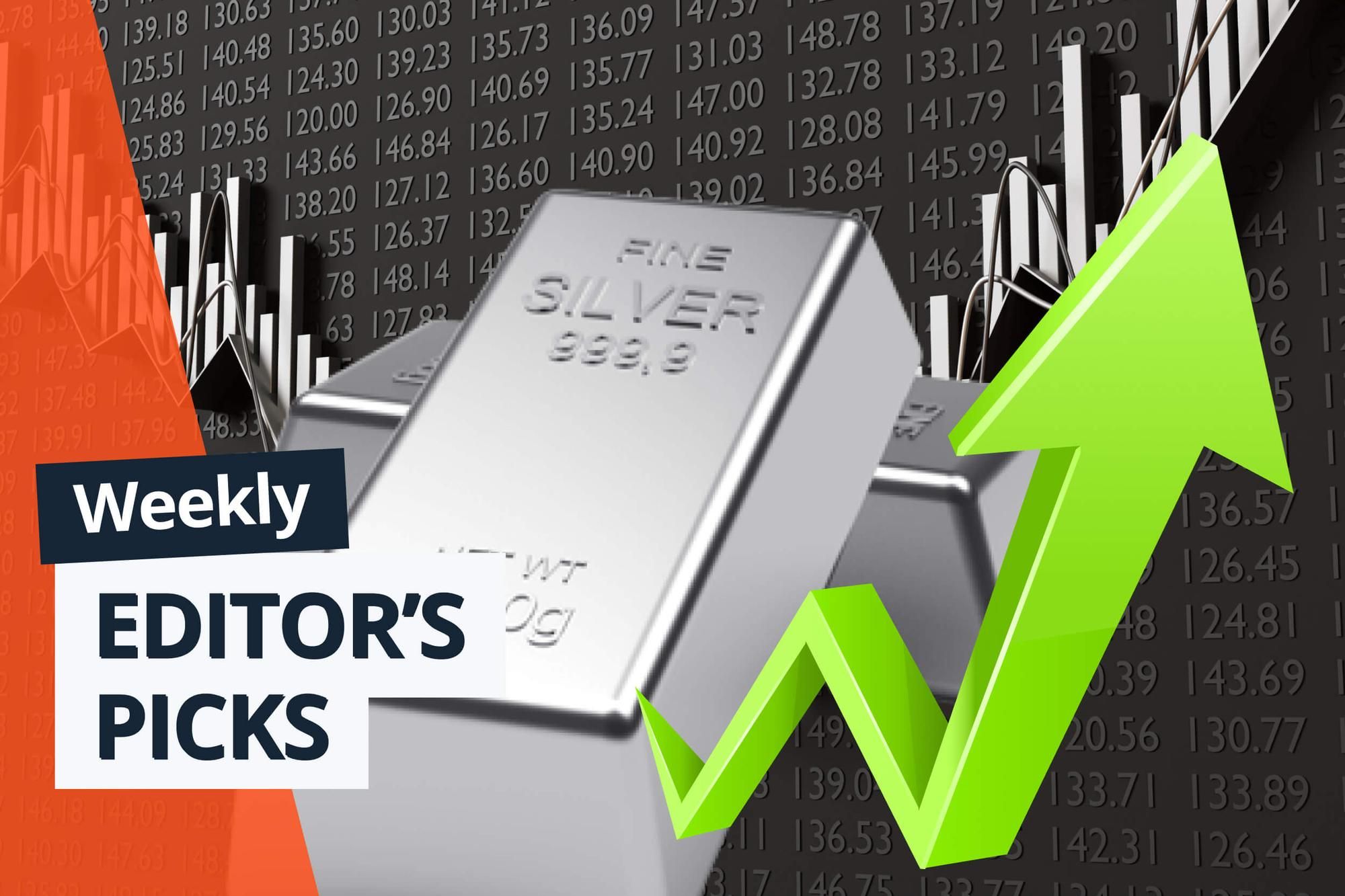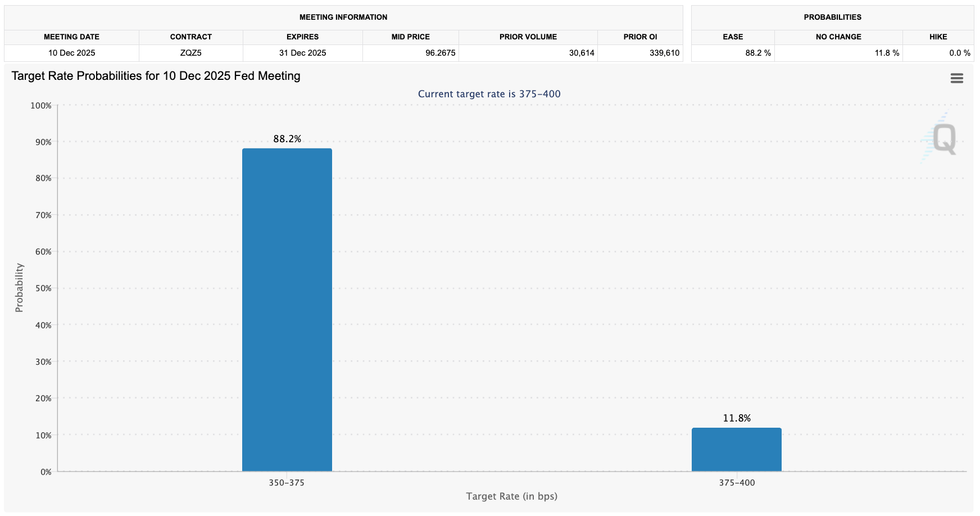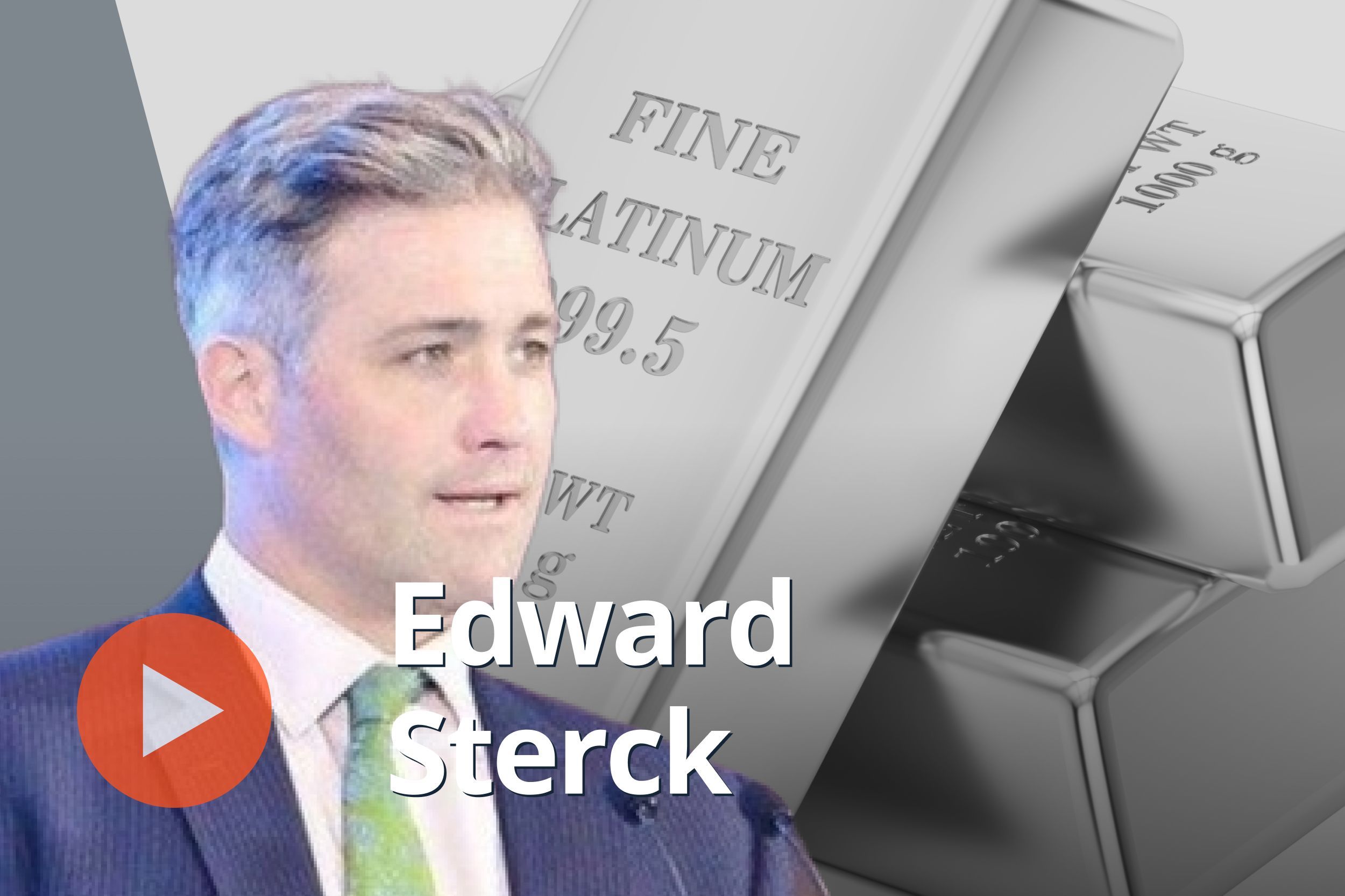
VIDEO — John Wilson: Carbon Credits in Focus, How to Invest as Climate Concerns Rise
With an eye for detail and over a decade of experience covering the mining and metals sector, Charlotte is passionate about bringing investors accurate and insightful information that can help them make informed decisions.
She leads the Investing News Network's video and event coverage, and guides a team of writers reporting on niche investment markets.
John Wilson of Ninepoint Partners breaks down the carbon credits market, from how it works to ways investors can get involved in this growing space.
John Wilson: Carbon Credits in Focus, How to Invest as Climate Concerns Riseyoutu.be
Investor interest in carbon credits is growing — what should they know before jumping in?
Speaking to the Investing News Network, John Wilson, co-CEO, managing partner and senior portfolio manager at Ninepoint Partners, discussed the basics of this growing market and shared how newcomers can get involved.
As Wilson explained, there are two sides of the carbon credit market: involuntary and voluntary. The much larger involuntary market involves carbon credits that are issued by governments and trade on exchanges; in contrast, the voluntary market is subject to less oversight and is comprised of private transactions.
"(Carbon credits) are effectively allowances — each credit allows you to emit 1 tonne of carbon. And the way the system works is everybody has enough for their share of the cap," Wilson said about the involuntary market.
"If you don't do a good job and you don't reduce your emissions, then you're going to not have enough carbon credits, and you're going to have to go into the market and buy extra allowances," he added.
The voluntary market is attracting attention as more companies look at ways to sell carbon credits to climate-conscious investors. But Wilson said it's less risky to get exposure via the involuntary market — one way to do so is through Ninepoint Partners' recently launched Ninepoint Carbon Credit ETF (NEO:CBON,NEO:CBON.U), an exchange-traded fund that invests in major global carbon allowance futures.
"Frankly, at this stage, unless you're a very sophisticated investor, that's the easiest place for people to be," he said.
Looking at the future of the carbon credits space, Wilson said that with climate concerns on the rise, he expects growth in multiple areas. "In the involuntary market ... they're going to keep regulating more and more industries to meet these climate targets. The emissions targets will keep getting lower and lower," he said.
"And so we expect not just the size of that market to get much, much larger ... but that the price of carbon needs to go much higher. If you want to get emissions much lower, you have to make it much more expensive to use carbon-based energy. And so that is going to happen on a gradual basis over time."
Watch the interview above for more from Wilson on carbon credits.
Don't forget to follow us @INN_Resource for real-time updates!
Securities Disclosure: I, Charlotte McLeod, hold no direct investment interest in any company mentioned in this article.
Editorial Disclosure: The Investing News Network does not guarantee the accuracy or thoroughness of the information reported in the interviews it conducts. The opinions expressed in these interviews do not reflect the opinions of the Investing News Network and do not constitute investment advice. All readers are encouraged to perform their own due diligence.

